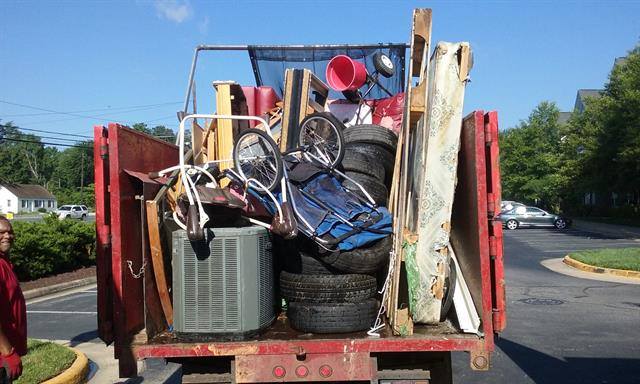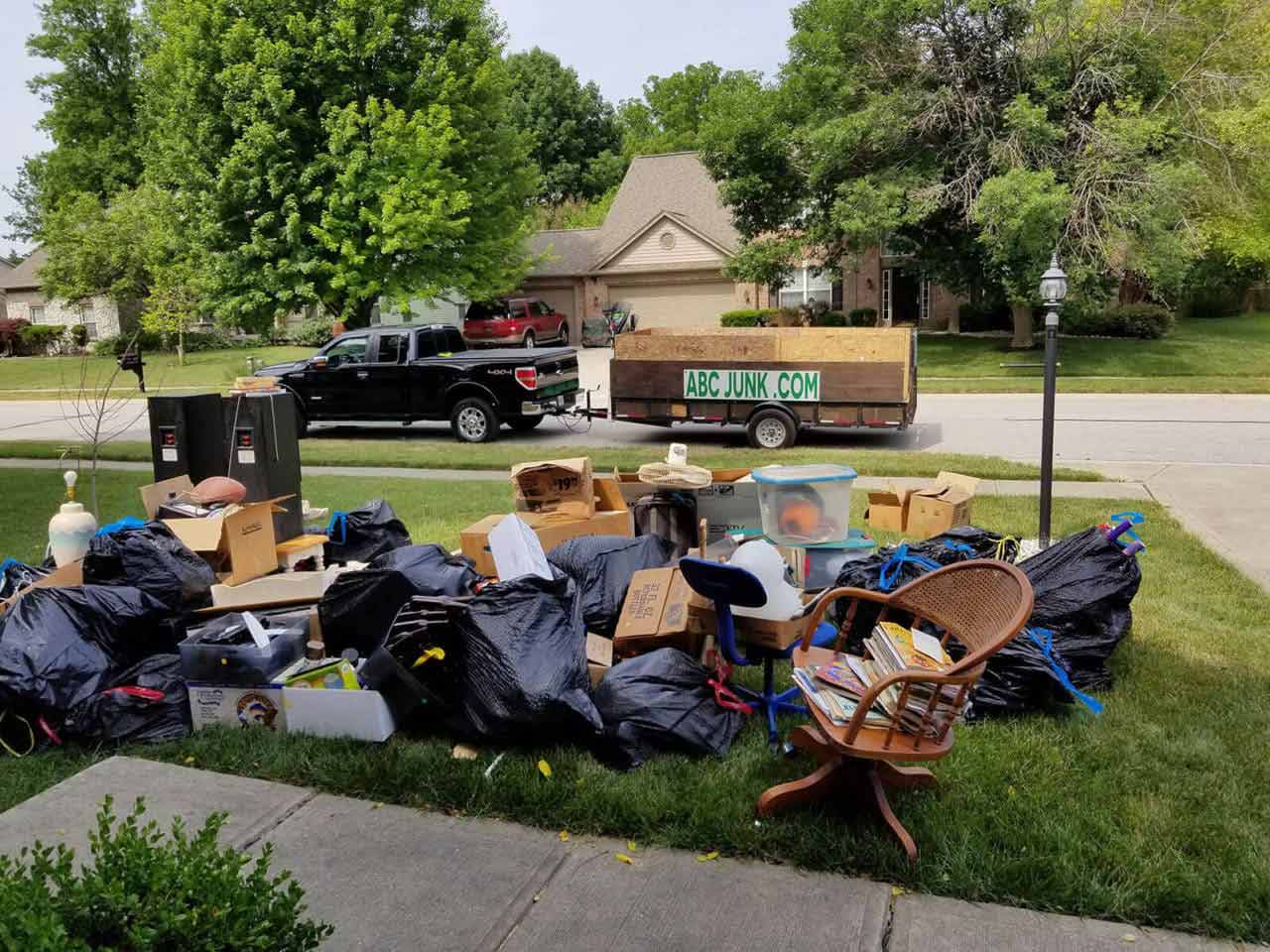Professional Waste Administration Methods Tailored for Industrial Setup
In commercial settings, the monitoring of waste is a crucial element that requires accuracy and competence. Tailoring waste monitoring approaches to fit the one-of-a-kind needs of industrial setups is not simply helpful yet essential for preserving operational efficiency and ecological sustainability. By recognizing the complexities of various sorts of hazardous waste, implementing appropriate handling treatments for hazardous materials, and developing effective recycling methods, companies can considerably minimize their ecological impact and possible obligations. The pursuit for improved waste monitoring in commercial setups entails a careful method that stabilizes regulatory compliance, cost-effectiveness, and eco-friendly duty.
Relevance of Tailored Waste Administration
Tailored waste monitoring practices are crucial in industrial setups to enhance resource application and lessen environmental impact. Industrial procedures create a considerable quantity of waste, ranging from solid results to chemical pollutants, posturing a threat to the setting if not handled effectively (Atlanta junk hauling). By customizing waste monitoring strategies to match the certain demands and challenges of each industrial center, firms can not just abide with regulations but additionally improve functional effectiveness and sustainability
One key facet of tailored waste monitoring is carrying out a detailed waste assessment to determine the types and volumes of waste created. This evaluation allows business to execute targeted solutions such as reusing programs, waste segregation protocols, and waste-to-energy campaigns. By recognizing the composition of their waste streams, commercial facilities can establish affordable approaches to reduce waste generation at the resource, causing long-term ecological benefits.

Types of Hazardous Waste
What are the various categories of hazardous waste generally created in producing procedures? Hazardous waste can be classified into several primary classifications based upon its make-up and qualities. Contaminated materials is just one of the most crucial kinds, consisting of chemicals, solvents, hefty steels, and various other products that position a danger to human wellness or the setting. This group commonly calls for unique handling and disposal approaches to stop contamination and ensure safety.
One more typical kind of industrial waste is non-hazardous waste, which includes materials like paper, plastics, and product packaging waste. While non-hazardous waste might not pose immediate risks, correct management is still vital to reduce landfill usage and advertise recycling and sustainability practices.

Contaminated Materials Handling Treatments
Effective monitoring of hazardous waste in industrial settings demands rigorous adherence to developed handling procedures to reduce threats and make certain ecological safety. Hazardous waste handling procedures involve a number of vital actions to lessen the prospective influence on human wellness and the setting.
Second of all, as soon as identified, unsafe waste has to be carefully set apart from non-hazardous waste to protect against contamination and ensure correct treatment. Storage space of hazardous waste should adhere to policies relating to containment, labeling, and compatibility to prevent leaks, spills, or various other cases that can threaten workers or the atmosphere.
Moreover, managing treatments must include the use of individual safety devices, worker training, and emergency situation response methods. Routine evaluations, monitoring, and documentation of contaminated materials handling tasks are vital to preserving compliance and recognizing locations for renovation. By complying with these structured procedures diligently, commercial centers can successfully take care of contaminated materials and support their commitment to environmental stewardship.
Carrying Out Efficient Recycling Practices

To execute reliable reusing methods, industrial facilities must first perform a waste audit to determine the kinds and quantities of recyclable materials generated in their procedures. Based upon this audit, companies can then establish assigned recycling stations, provide suitable training to staff members on correct sorting methods, and work together with trusted recycling partners for the collection and processing of materials. Additionally, setting specific recycling objectives, tracking progress, and routinely communicating with team about the importance of reusing are vital bye bye junk removal actions to ensure the success and sustainability of reusing initiatives in industrial settings.
Surveillance and Continual Improvement
To ensure the efficiency and sustainability of waste monitoring approaches in commercial setups, the execution of durable tracking and constant renovation procedures is vital. Tracking includes tracking essential performance indicators (KPIs) such as waste generation rates, recycling portions, and disposal expenses. Frequently examining these metrics enables services to determine areas for improvement and determine the success of applied waste monitoring initiatives.
Continuous renovation is crucial for improving processes over time. It entails analyzing monitoring information, identifying inefficiencies, and applying adjustments to optimize waste management techniques further. This repetitive method cultivates a society of ongoing enhancement and technology within the organization.
Utilizing innovation like waste monitoring software application and IoT sensing units can streamline checking initiatives, offering real-time information for informed decision-making. Worker training and involvement also play a crucial role in guaranteeing the success of surveillance and continual enhancement campaigns, as frontline staff are typically principals in waste administration procedures.
Conclusion
Finally, customized waste monitoring strategies are important for commercial setups to efficiently manage numerous types of waste, consisting of unsafe products. By applying effective reusing methods and continually monitoring and boosting waste monitoring processes, industries can lessen their ecological impact and make sure compliance with laws. It is necessary for companies to focus on waste monitoring to safeguard the environment and advertise sustainability home junk removal cost in their procedures.